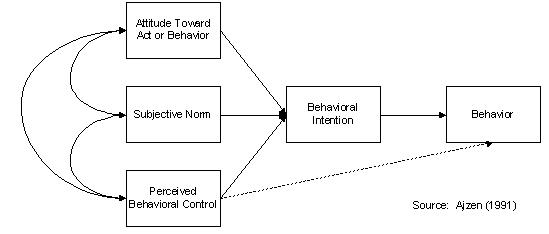The theory of planned behaviour proposed that the behaviour follows from a behavioural intention which is a function of attitudes, subjective norms and perceived behavioural control.

For this situation, the behaviours would refer to the human activities of deforestation, illegal logging and poaching. Firstly, the behaviours can be caused by the people’s attitudes towards engagement in these activities. They believed that in order to break away from the poverty cycle, they have to earn more money. This shows that they have a positive attitude towards this issue and that they are in favour of it. Secondly, subjective norms would be the likelihood that an individual or group approve or disapprove a given behaviour. As people are caught in the same situation and are engaging in those activities, others follow suit as well because they assume that the behaviour is being “approved” by others. Thirdly, perceived behavioural control refers to the ease and difficulty of performing a behaviour. People perceived that they have control over what they are doing because they believed that it was easy to perform the behaviour. For instance, people are able to determine how many orang-utans they have t to capture or how many trees have to cut down in order to earn enough money to feed the family. Therefore, the intended behaviour can be driven by attitudes, subjective norms and perceived behavioural control.
